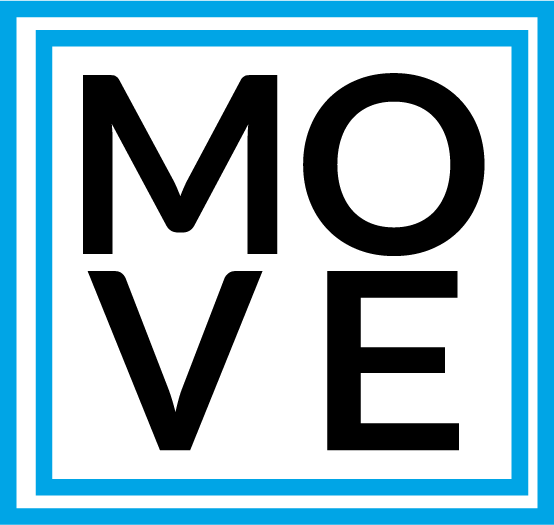In Defense of Camp
The first summer that I coached our Parkour Adventure outdoor camp was the summer that followed the COVID-19 lockdown. We developed safety and communication protocols, held Q and A’s for parents, kept our groups small and separate, and were proud to be able to provide a service that children loved and parents trusted. At the end of the first week, a sudden torrential downpour soaked everyone to the skin despite the little plastic ponchos we handed out. I worried parents might be dismayed or concerned, but I was wrong. “They’ll never forget this,” said a dad happily wrangling his soggy child into a cab.
Being outside for the entire day in Central Park and the other locations we visit to practice parkour means being ready for the unexpected, such as a summer downpour. The framework that we build for all-day camp provides structure and routine so that children can anticipate the next part of their day and frees them to participate in co-creating activities and experiences. Where and when to have lunch, whether or how to play a specific game, altering skills slightly so they provide just the right amount of challenge are decisions that our groups of children make in collaboration with one another and their coaches. Though such decisions are small and seemingly trivial, to hear one’s voice and see its impact on the group is a powerful experience for a child.
Two of my three children have grown up attending camps, hearing their voices and seeing the impact on the group. Both returned over the course of several summers, growing into each camp's “counselor-in-training” programs and then to summer employment as counselors. These experiences have contributed significantly to their sense of self, their capacity to develop relationships with caring adults and other children away from home or school. They have learned responsibility, independence, self-care, what to do when they feel bored, how to manage difficult feelings. Most importantly, they were able to spend long chunks of time in nature with peers engaged in rigorous physical activity and play.
Why Outdoor Parkour?
Parkour is a physical fitness, movement modality that is engaging, challenging, and unique. It calls on the natural movement patterns that humans are meant to engage in: running, jumping, climbing, hanging, moving over and under objects. It is also tremendously fun and involves a lot of play, creativity, and self-expression.These are all experiences no longer common for adults and children as most hours each day are spent indoors in a seated position. Lenore Skenazy, co-founder of Let Grow (and notoriously known as the “world’s worst mom”), cites a British study published a few years back that found a test group of 10-year-olds had a significant decrease in both strength and endurance compared to a similar group of children tested 14 years prior. There is no question that children’s lives have grown more sedentary.
The practice of parkour in an outdoor setting cultivates unique experiences that benefit the body and the brain. The American Psychological Association has written about the well-documented positive effects of spending time in nature: decreased anxiety, improved mood and attention, and a higher degree of happiness. Scrambling up a rock face over and over to beat your time works the smaller muscles of the body that support balance far more than a round of wind sprints on a basketball court. Creating a game with your peers that involves moving over benches, picnic tables, and fences is a far more dynamic social experience than adhering to the structured rules of a traditional team sport. Analyzing the complex movement patterns involved in learning how to vault over a wall provides cognitive stimulation that can’t be achieved through repetitive exercises. These comparisons are not meant to devalue the benefits of traditional team sports, but to point out the unique, rich, complexity of experience that outdoor parkour provides.
Our parkour camp allows children to safely create their own play and movement experiences just about anywhere – a particularly important benefit for children over 12 who are no longer welcome in the city’s public playgrounds. In addition to building physical strength and confidence, children learn how to assess risk, inspect terrain and objects for hazards, and develop a heightened awareness of themselves, their fellow students, and any pedestrians that are also using the space.
Movement Creative campers are returned to their parents at the end of long, often hot and muggy days spent tramping through the park, a band of movers seeking challenge and learning how to support one another as they learn new skills. They are usually sweaty, often dirty, sometimes scraped. But they will have experienced something new, discovered something previously unknown, and will be ready to tackle the next day’s challenges.
- Cristina Latici
Cristina is the Director or Programming for The Movement Creative
For additional reading:
Balanced and Barefoot
Hanscom, Angela J., New Harbinger Publications, Inc., 2016
Vitamin N: 500 Ways to Enrich the Health & Happiness of Your Family & Community
Louv, R., Algonquin Books of Chapel Hill, 2016
